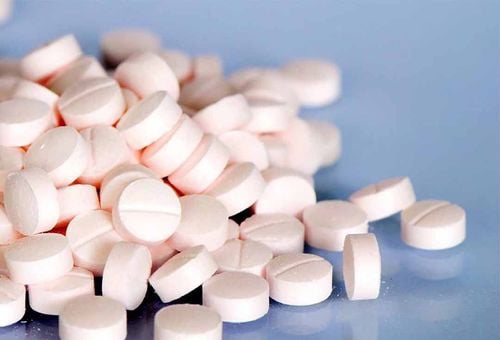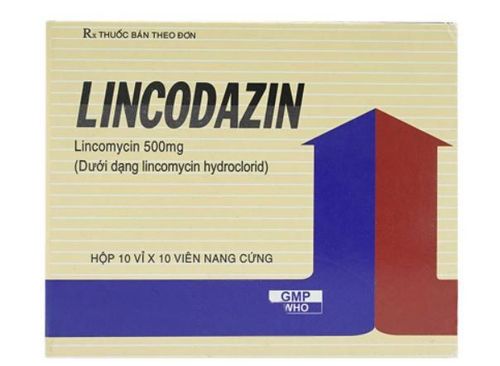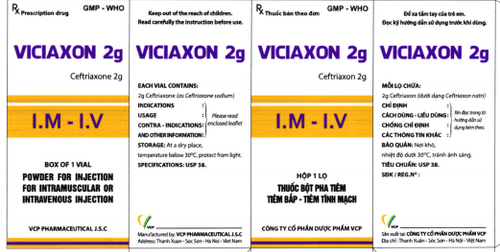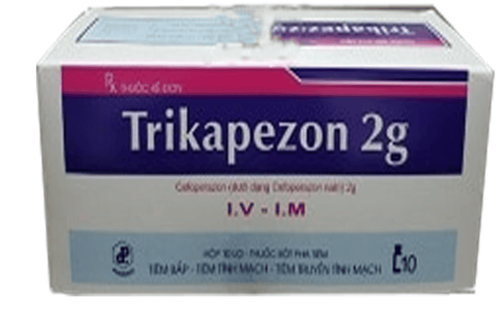This is an automatically translated article.
A complete blood cell analysis is often required when examining a patient, in an emergency or to monitor the patient's treatment progress. Below is the reading, along with what it means, for a number of changes in a complete blood count test performed on an automated device.1. What is a complete blood count?
A complete blood count, also known as a 32 factor test, is used to provide important information regarding the type and number of cells in the blood of red blood cells, or cells. white blood cells, platelets. At the same time, this test also helps the doctor diagnose the condition of some common conditions such as parasitic infection, or anemia, or some other disorder.2. Instructions on how to read the complete blood cell analysis test results
2.1 RBC (English name is Red Blood Cell – to indicate the number of red blood cells present in a volume of blood) Normal value is: 3.8 – 5.0 T/L; Male: 4.2 – 6.0 T/L; Female: 3.8 – 5.0 T/L If the RBC is increased: signs of dehydration, or erythrocytosis. If the RBC is low: a sign of anemia. 2.2 HBG (Hemoglobin - represents the amount of hemoglobin present in a volume of blood) Hemoglobin is a protein molecule belonging to red blood cells, which plays the main role of carrying oxygen from the lungs to a number of exchange organs. Time to receive CO2 from the transport organs back to the lungs to exchange so that CO2 can be discharged out and continue to receive oxygen. In addition, hemoglobin is also the substance that gives red blood cells.
Normal values for women are 120 - 150 g/L and for men it is 130-170 g/L.
If the index increases: the patient is dehydrated, or has diseases related to the heart, lungs,...
The index decreases due to: anemia, bleeding or from hemolytic reactions,...
2.3. HCT (Hematocrit – the ratio of the volume of red blood cells to total blood volume) Normal value in women is 0.336-0.450 L, in men is 0.335-0.450 L/L. Index increases when: patients with allergies, smoking, erythrocytosis, chronic obstructive pulmonary disease, coronary artery disease, hypovolaemia,... The index decreases due to: anemia, loss of blood flow. blood, pregnancy,... 2.4 MCV (Mean corpuscular volume - is the average volume of red blood cells) Normal value is: 75 - 96 fL Increase due to: folic acid deficiency, vitamin B12 deficiency, liver disease, disease erythrocytosis, bone marrow fibrosis, hypothyroidism,... Decreased by: iron deficiency in the blood, anemia in chronic diseases, lead poisoning, chronic kidney failure,... 2.5 MCH (Mean Corpuscular) Hemoglobin – represents the average amount of hemoglobin in a red blood cell) Normal values are in the range of 24-33pg. The index is increased when: the patient has polycythemia vera, or severe hereditary erythrocytosis, or the presence of cold agglutinin factors. The index decreases when: the patient begins to have anemia, iron deficiency, regenerative anemia or anemia in general.
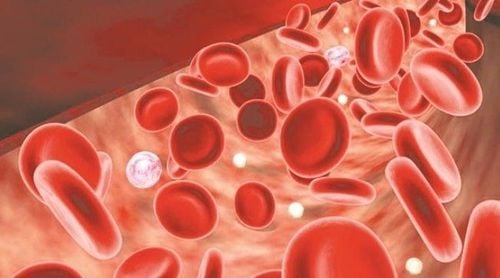
MCH - Huyết sắc tố trung bình trong một hồng cầu
2.6 MCHC (Mean Corpuscular Hemoglobin Concentration – is the average concentration of hemoglobin present in a volume of blood) This value will be calculated based on accurate measurement of hemoglobin and hematocrit. In which, the normal value is in the range of 316 - 372 g/L. Elevated: severe hereditary erythrocytosis, or the presence of cold agglutinin factors, due to polychromic normochromic anemia. 2.7 RDW (Red Cell Distribution Width - is the distribution of red blood cells) Normal values range from 10 to 16.5%.
If this value is higher, it shows that the distribution of red blood cells is changing more and more, the size of red blood cells is different, uneven. Above-standard RDW values are often present in patients with anemia.
2.8 NEUT (Neutrophil - Neutrophils) The normal value is between 43-76%, if the neutrophil count is high it will indicate the patient is suffering from sepsis.
In addition, may increase in cases of cancer, acute infection,... And decrease due to viral infection, use of immunosuppressive drugs, due to aplastic anemia,...
2.9 LYM (Lymphocyte - Lymphocyte) Normal value is in the range of 19-48% (0.9 - 5.2 G/L). Increase in chronic infection, infection with some other viruses, ulcerative colitis, CLL disease, Hodgkin's disease,... Decrease: patients with HIV/AIDS, anemia, cancer, bone marrow suppression due to chemicals therapeutic agents, glucocorticoid use... 2.10 MONO (Monocyte – also known as Mono white blood cell) Normal value is in the range of 3.4 - 9% (0.16 -1 G/L). Increase: mono-leukemia, mononucleosis due to infection, other viral infection, myeloproliferative disorder,... Decreased in patients with anemia due to marrow failure, cancer, or use glucocorticoids...

Hình ảnh bạch cầu mono
2.11 EOS (Eosinophil – polymorphonuclear leukocyte count and eosinophils) The normal value for a healthy person is 0- 7% (0- 0.8 G/L). Increase: parasitic infections, allergies,... 2.12 BASO (Basophil - Basophils) Normal value: 0 - 1.5% (0 - 0.2G/L) Increase in some cases of patients allergic reactions, increased drug sensitivities,... Decreased by the use of corticosteroids,... 2.13 PLT (Platelet Count – the index showing the number of platelets present in a blood volume) Platelets are a cell Incomplete cells, which are fragments of cytoplasm (a cellular component that does not contain a cell nucleus), arise from the template cells of platelets located in the bone marrow.
Platelets have a very important role in blood clotting, they have an average lifespan of 5 to 9 days. Normal values are in the range of 150–350G/L. If the number of platelets in the body is too low, it can lead to bleeding. If the number of platelets is too high, it will form blood clots, obstruct blood vessels and can lead to stroke, pulmonary embolism, myocardial infarction, blood vessel blockage,... due to patients with disorders causing bone marrow proliferation, bone marrow fibrosis, idiopathic thrombocytosis, after bleeding, after splenectomy, or inflammatory diseases. Decreased by bone marrow suppression or replacement, splenic enlargement, patients with disseminated intravascular coagulation, or thrombocytopenia caused by neonatal allogeneic immunity... 2.14 PDW (Platelet Disruption) Width – an indicator of the distribution of platelets) Normal values in the range of 6 - 11%. Increased: due to sickle cell disease, or Gram-negative and positive bacteremia Decreased by the patient's history of alcoholism. 2.15 MPV (Mean Platelet Volume) Normal values are: 6.5 - 11fL. Increase when: cardiovascular disease, smoking, diabetes, toxicosis due to thyroid gland, ... Decrease due to aplastic anemia, cancer chemotherapy, erythroblastic anemia, acute leukopenia,... Thus, it can be seen that the indicators in the results of the total blood cell analysis test play an important role in finding the cause of many different diseases, typically diseases related to the increase or decrease in blood pressure. of red blood cells, white blood cells, and platelets.
Vinmec International General Hospital is one of the hospitals that not only ensures professional quality with a team of leading medical doctors, modern equipment and technology, but also stands out for its examination and consultation services. comprehensive and professional medical consultation and treatment; civilized, polite, safe and sterile medical examination and treatment space. Customers when choosing to perform tests here can be completely assured of the accuracy of test results.
If you have a need for consultation and examination at the Hospitals of the National Health System, please book an appointment on the website for service.
Please dial HOTLINE for more information or register for an appointment HERE. Download MyVinmec app to make appointments faster and to manage your bookings easily.





